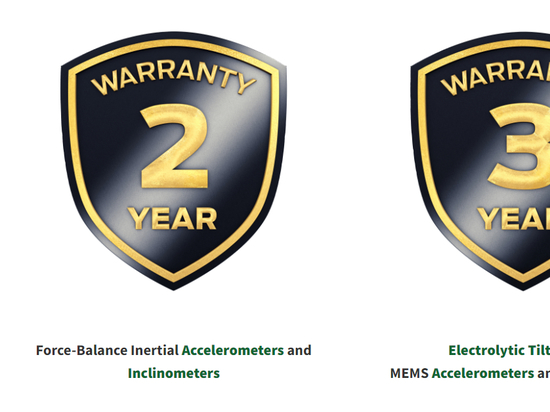
#Product Trends
How to Reduce Noise Interference in Sensor Readings
Protect your sensors from noise interference
Precision inertial sensors are so sensitive that even noise waves can be detected as vibration. For many applications, noise is inevitable, but noise interference in the sensor’s readings is unacceptable. Here is what causes this disruption and what can be done to prevent it.
What Causes Noise Interference for Sensors
Noise comes in two forms, electrical and seismic. Electrical is typically caused by a noisy power supply and is transmitted through the connection. Seismic radiates from an outside source such as an airplane engine or a siren. When these acoustic waves are present, the sensor will detect this as vibration.
Sensors are often placed in noisy environments such as factories, trains and military equipment. Engineers can’t afford to have noise impact their readings, but there are solutions to minimizing this interference.
Eliminating Seismic Noise with a Low Pass Filter
If engineers are certain there will be noise interference in their application, they can a request a low pass filter. Upon request, a low pass filter can be implemented into the design of a sensor by the sensor manufacturer. This component will filter out seismic noise that the sensor experiences from external sources. In order to determine if a low pass filter is necessary, the engineers need to inform the manufacturer on the level of noise and its source.
Filtering Out Electrical Noise within the Sensor Connection
Voltage output can be vulnerable to noisy environments, but a shielded connector and cable can reduce this risk. Additionally, instead of using a parallel wire configuration within the cable, a twisted wire can minimize noise.
Long cable lengths typically require 4-20mA output. This is conducive to reducing noise interference since current output is naturally resistant to outside noise interference.
Sensors that Are Vulnerable to Noise Interference
MEMS sensors have the most vulnerability to noise interference. A wider mechanical bandwidth causes a sensor to be more likely to detect acoustic frequencies. Since they have a bandwidth to 400 Hz, MEMS accelerometers can be most affected, but all models can come with a low pass filter.
Learn more about Jewell’s inertial sensors with the electronic product catalog. If noise is a factor in your application, talk to us.



